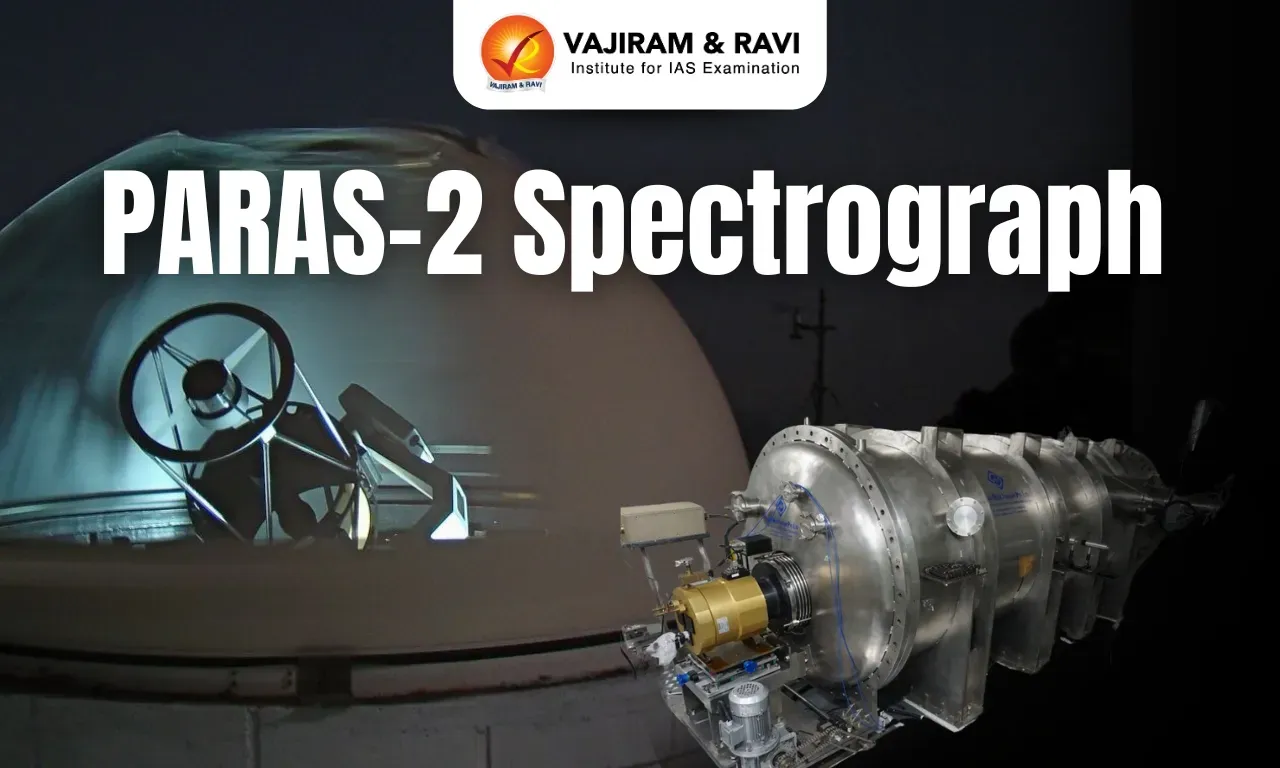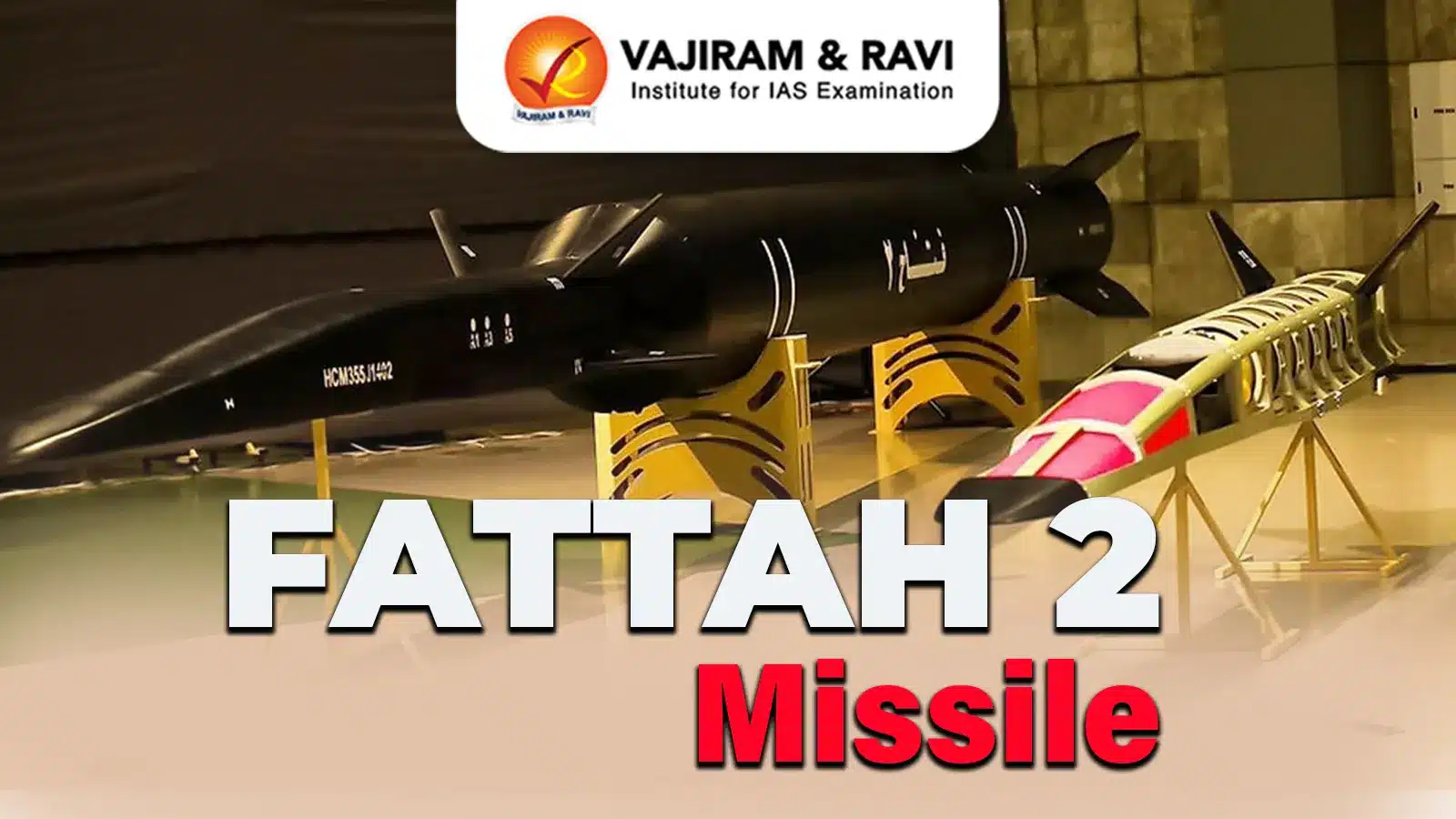PARAS-2 Spectrograph Latest News
Recently, scientists at Physical Research Laboratory (PRL) discovered a new dense sub Saturn exoplanet TOI-6038A b by using PARAS-2 Spectrograph at Mt Abu Telescope.
About PARAS-2 Spectrograph
- The PRL Advanced Radial-velocity All-sky Search-2 (PARAS-2) is a cutting-edge fiber-fed spectrograph integrated with the PRL 2.5m telescope, constituting a significant advancement over its predecessor.
- It is a state-of-the-art high-resolution spectrograph that operates in 380-690 nm wave-band. It is aimed to unveil the super-Earth-like worlds.
- It was conceived with the primary objective of achieving sub-m/s precision in radial velocity (RV), a crucial capability for the detection and characterization of super-Earths or massive planets orbiting G and K dwarf stars.
- It is the highest-resolution spectrograph in Asia which is under an ultra-stable temperature and pressure environment.
What is Exoplanet?
- These are planets that orbit other stars and are beyond our solar system.
- Exoplanets come in a host of different sizes. They can be gas giants bigger than Jupiter or as small and rocky as Earth.
- They are also known to have different kinds of temperatures; boiling to cold.
- The recently discovered sub Saturn exoplanet TOI-6038A b lies in the transition region between Neptune-like and gas giant exoplanets, called as “Sub-Saturn,” a category absent in our solar system, providing a unique opportunity to study planetary formation and evolution.
PARAS-2 Spectrograph FAQs
Q1: What is a spectrograph used for?
Ans: A spectrograph is an instrument used to separate and measure the wavelengths present in Electromagnetic radiation and to measure the relative amounts of radiation at each wavelength.
Q2: What is the difference between a spectrometer and a spectrograph?
Ans: The two devices do basically the same job but using different technology. A spectrometer generates a spectrum by measuring the intensity of incoming light at a range of wavelengths in step by step increments. A spectrograph generates a spectrum in one go.
Q3: Who discovered the spectrograph?
Ans: William Hyde Wollaston
Source: ISRO
Last updated on June, 2025
→ UPSC Notification 2025 was released on 22nd January 2025.
→ UPSC Prelims Result 2025 is out now for the CSE held on 25 May 2025.
→ UPSC Prelims Question Paper 2025 and Unofficial Prelims Answer Key 2025 are available now.
→ UPSC Calendar 2026 is released on 15th May, 2025.
→ The UPSC Vacancy 2025 were released 1129, out of which 979 were for UPSC CSE and remaining 150 are for UPSC IFoS.
→ UPSC Mains 2025 will be conducted on 22nd August 2025.
→ UPSC Prelims 2026 will be conducted on 24th May, 2026 & UPSC Mains 2026 will be conducted on 21st August 2026.
→ The UPSC Selection Process is of 3 stages-Prelims, Mains and Interview.
→ UPSC Result 2024 is released with latest UPSC Marksheet 2024. Check Now!
→ UPSC Toppers List 2024 is released now. Shakti Dubey is UPSC AIR 1 2024 Topper.
→ Also check Best IAS Coaching in Delhi
























